
Virgin Pulse + TalentCulture Team Up To Champion Workforce Engagement
We’re excited to transform organizational cultures — hand-in-hand with a dynamic leader in workforce engagement! Learn more about our partnership…

We’re excited to transform organizational cultures — hand-in-hand with a dynamic leader in workforce engagement! Learn more about our partnership…
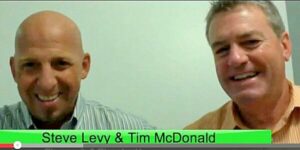
This week, #TChat offers 3 ways to play! We marry old school with new tech, and hopefully advance workplace culture and practices for everyone

Are employers unintentionally losing competitive steam by overlooking talent that lives at the margins? Could a more inclusive world of work boost innovation?

“Best practices” are great. Unless they’re not. Here are six recruiting practices that aren’t helping the hiring process. It’s time to let go…

How are employers pushing the “gamification” envelope to improve hiring and management decisions? See highlights and collected resources from a week of playful #TChat events

In today’s world of work, shift happens. The defining question for leaders is how will you make the most of those dynamics?
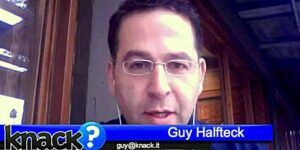
How is the world of work being transformed by gamification and big data analytics? Two experts explore the leading edge of innovation with our community

Companies can no longer afford to think and act like recruiting and marketing are world’s apart. It’s time for a collaborative approach…

Every company has a distinctive organizational culture and “hiring culture.” To improve the impact of your hiring culture, focus on 3 essential elements…
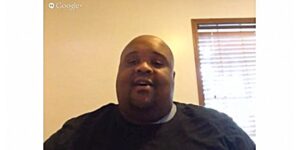
Where does recruiting end and marketing begin? In today’s social workplace, it’s hard to tell the difference. What does this mean for HR professionals and processes? Let’s talk

How can companies retain their most innovative employees? And how can those smart minds succeed? It starts by creating value for others

Why and how should established businesses develop a culture of entrepreneurship? That’s the focus this week at #TChat events with Bob Burg…

Statistics show that tapping into the flexible workforce is a smart business move. Why? This infographic illustrates 5 compelling reasons…

Do you want your organization to behave in a more collaborative way? For better results, try taking some cues from nature.

Are new technologies emerging so rapidly that organizations can’t keep pace? What’s ahead in HR innovation and how should we prepare?

Why is social learning suddenly such a hot business issue? Consider three fundamental facts…

Does talent acquisition seem like a vicious cycle at your company? For sustainable results, try an approach that integrates 3 elements
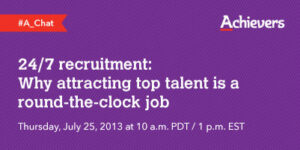
What does it take to attract top talent in today’s world of work? Save the date for a special webinar with experts from Achievers and TalentCulture!

Do you see a talent tsunami ahead? What is your organization doing to protect your investment in employee morale and performance?

Finding the next superstar employee can be a challenge. It can start by hiring solid interns, since they often move to full-time positions. But what traits should you look for?

Why is this “The Year of Big Data” in HR? And what will it take for HR decision makers to gain business value from a rapidly rising tide of data? Our community takes a closer look…

What can today’s graduates expect as they enter the work world? The TalentCulture community talked about this and more during a whirlwind week at #SHRM13…
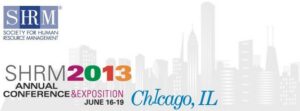
How can we create a more engaging experience for tomorrow’s workforce? And what do today’s graduates see ahead in their careers? We’ll explore this and more, LIVE at SHRM13. Join us!

These days, the talent hunt process isn’t easy for either side of the hiring equation. What can employers do to recruit more effectively — and also win points for their brand?

What does a future-ready workforce look like? Business collaboration and learning expert Dan Pontefract says it features a special kind of leader